The K-Pop industry is known to be a revolving door of innovation, creativity, and impactful star presence. The Hallyu wave has effectively taken over the world with idol groups and soloists, along with riveting K-Dramas at the forefront. Just like previous years, the Ministry of Culture, Sports and Tourism conducted the Overseas Hallyu Survey to determine overseas fans' favorites in various categories.
The main purpose of this survey is to compile the data on the impact of the Hallyu wave. With a sample size of 25,000 people from over 26 countries, the 2024 Overseas Hallyu Survey tries its best to show an accurate representation of what types of K-Content is being consumed in different countries.
In one part of the survey, respondents were asked "Who is currently your favorite Korean group/artists?". Let's find out their answers below!
Top 5 Favorite K-Pop Groups/Artists
1. BTS

GQ Korea
With an impressive 29.1%, BTS takes the top spot among overseas fans' favorite K-Pop idol groups/artists. While the BTS members were active with solo schedules, they slowly made their way into the army, one by one, in order to carry out their mandatory military enlistment. Despite fulfilling their national duty, the iconic boy group's musical influence, positivity, and unique outlook have cemented them as a top idol group.
2. BLACKPINK

BLACKPINK's Official Instagram
Following in second is world-renowned girl group BLACKPINK. They were selected by 13.1% of respondents as their favorite idol group. After the conclusion of their Born Pink World Tour, the iconic girl group decided to stay together with YG for group promotions, but would pursue their individual endeavors under a separate companies. Despite this, the very essence of BLACKPINK still resonated deeply with K-Pop fans across the globe for both their music and individuality.
3. Psy

SBS
When 'Gangnam Style' first dominated the world charts, it seemed like a fever dream. However, through its success, the Korean wave was able to make a resounding resurgence worldwide. This international success has remained with Psy since, praised for his contributions to Korean entertainment and culture. Psy had a somewhat quiet 2023 but was still able to fill concert venues and remained at the forefront of overseas fans' hearts, being selected by 2.9%.
4. BTS' JungKook

BTS' Official Facebook
BTS as a whole were successful soloists in 2023, however, the one member who was selected by 2.7% of overseas fans as their favorite artist was none other than the golden maknae himself, BTS' JungKook. Coming out with the album "GOLDEN", comprised of hits like 'Seven', 'Standing Next To You', and '3D', JungKook's career was elevated to another level. He was able to showcase his individuality as an artist, becoming a beloved name among the K-Pop community and beyond.
5. IU

IU Official
Rounding out the list at no. 5 is the lovely singer-actress, IU. The award-winning soloist was selected by 2.1% of overseas fans. In 2023, she earned immense love for her appearance in hilarious yet heartwarming sports movie, "Dream". Aside from this, IU is an artist that millions love worldwide, praised for her swoon-worthy musicality and incredible artistic prowess.
Top 5 Favorite K-Pop Groups Regional Breakdown

Translated by Kpopmap.com
Although the above artists were the overall consensus among overseas fans, there were some outliers among the various regions. In Asia - Oceania TWICE and BLACKPINK's Lisa took no. 4 and no. 5. Stray Kids were included in the Top 5 of the Americas and Europe. Then BIGBANG's G-Dragon was present among the fans in the Middle East and Africa. However, one common factor among all regions was BTS' place at the top. Even in a year where they all slowly transitioned into military service, they remained the hottest K-Pop act that the world has ever seen.
However, speaking of consistency, BLACKPINK remained at a constant no. 2, while they were beaten out by BTS' loveable maknae, JungKook, among the overseas fans in Africa. These rankings have remained quite similar over the past several years.
As seen through the results of the Overseas Hallyu Survey over the years, BTS and BLACKPINK remain a force to be reckoned with. They worked tirelessly, standing on the biggest stages worldwide, communicating with fans through whatever means possible. They built up a long-standing legacy within the K-Pop community that surely won't crumble anytime soon. And despite all the criticism and hardships they might have faced along the way, the groups remained resolute in their commitment to their profession as idols, leveling up at various moments of their career. Both BTS and BLACKPINK have become frontrunners of the K-Pop industry, recognized by millions, if not trillions, around the globe.
The BTS & BLACKPINK Effect
It's hard to describe just how big of an influence BTS and BLACKPINK have had on the K-Pop community, resulting in both groups being no. 1 and no. 2 on overseas fans' top 5 list. With such longevity in their careers and the ability to connect to audiences beyond music, they've become a mainstay within the various micro-communities scattered across K-Pop. Currently, the two groups are taking a pause in their careers as a group, with BTS in the military and BLACKPINK focusing on their solo endeavors. However, both BTS and BLACKPINK continue to show up in netizens' mentions, extending their reach past the dedicated fandoms of ARMY and BLINK.

Kpopmap
As a result of their continuing fame, despite being in a rest period of their group career, the sentiment towards the two are quite positive as fans patiently wait for their return.

Kpopmap
And while it might be some time until we're able to see both BTS and BLACKPINK take the stage as a full group, this proves one thing: they show no signs of slowing down. The fact that people are still mentioning and searching about the two groups showcases their massive allure, bewitching the entire world to fall into their ocean of charms. This affection is well-earned, backed up by spectacular stages, heartwarming social media interactions, and being treated to additional content, so their absence is rarely felt. With this, it's quite likely that even future iterations of the Overseas Hallyu Survey will result in the idol groups being no. 1 and no. 2 once again.
Other Consistent Star-Studded Names

JYP Entertainment
The prestige of BTS and BLACKPINK aside, along with Psy, there are even more names that deserve recognition for leading the Hallyu wave to even bigger heights. When talking about the globalization of K-Pop, one cannot forget about JYP Entertainment girl group TWICE. They've become a sturdy cornerstone within the industry, consistently selling out concert venues and becoming more than a national gem. Now, fans everywhere cheer their name at their various world tour stops and all across social media.

Kpopmap
The interest over time towards TWICE has remained consistently high over the past 5 years, peaking around the times of their world tour, year end award show performances, and new releases. With such a strong fanbase and even interest from casual K-Pop fans, the girl group has an enormous stake in the K-Pop industry. Their presence is undeniable and will surely continue to persist, even with the changing of generations.
Then there's celebrated veteran, IU, who has managed to remain in the top 5 K-Pop acts for overseas fans for the past several years. Her sheer influence in the K-Pop scene cannot be understated, as she's also able to bridge the gap between music show stages and drama film sets.

Kpopmap
Over the past 5 years, similarly to TWICE, netizen's interest over time towards the soloist have remained at a constantly high rate, showing huge jumps during song releases, news of her relationship status, and the moment she announced her world tour. Apart from BTS, BLACKPINK, and Psy, these two amazingly talented and renowned artists have remained at the top of the K-Pop scene, receiving love from international fans far and wide.
Newer groups from the fourth and fifth generation are currently showcasing a parade of talents, vying for the top spot in overseas fans' heart. Only time will tell if they'll have the ability to be included in the Overseas Hallyu Survey and be mentioned among the top 5 groups of overseas fans.
What do you think of the results of the Top 5 K-Pop Idols/Artists for the 2024 Overseas Hallyu Survey?









































































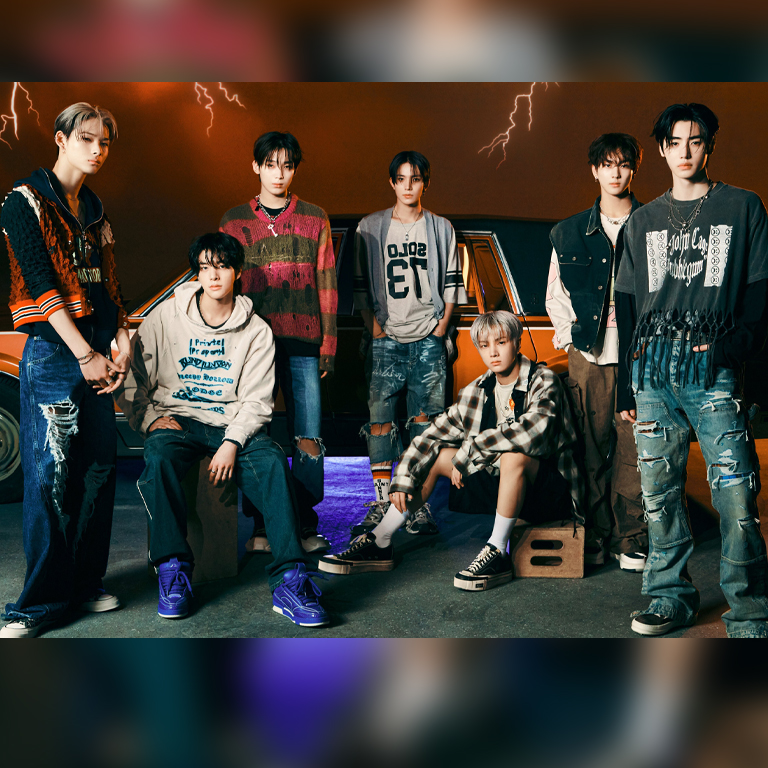
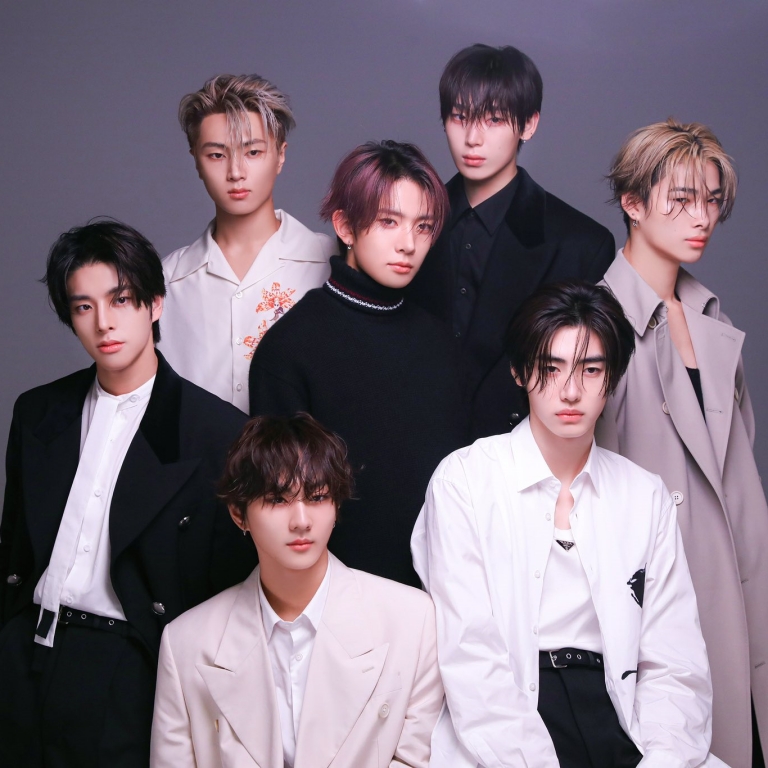





















































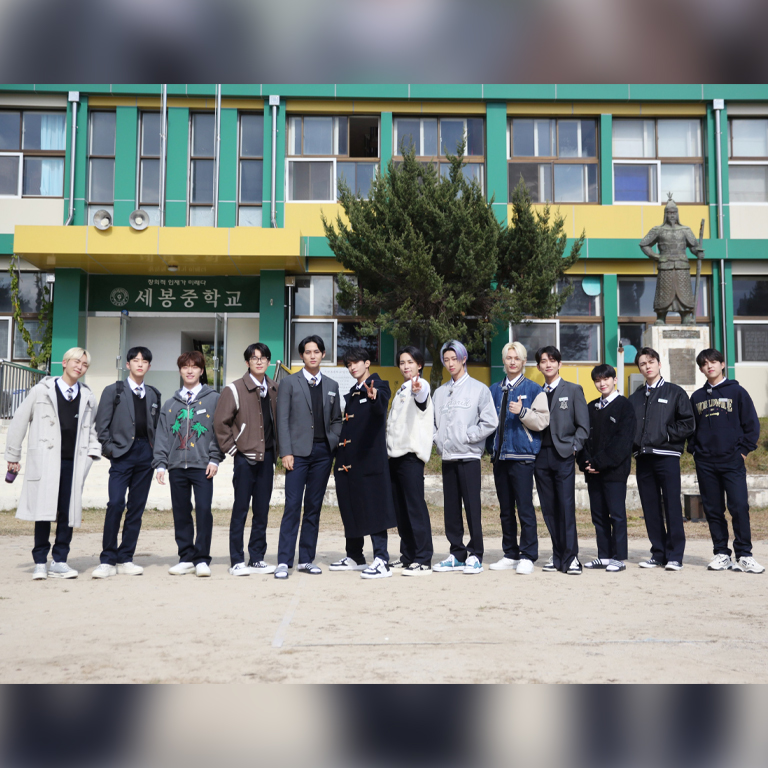







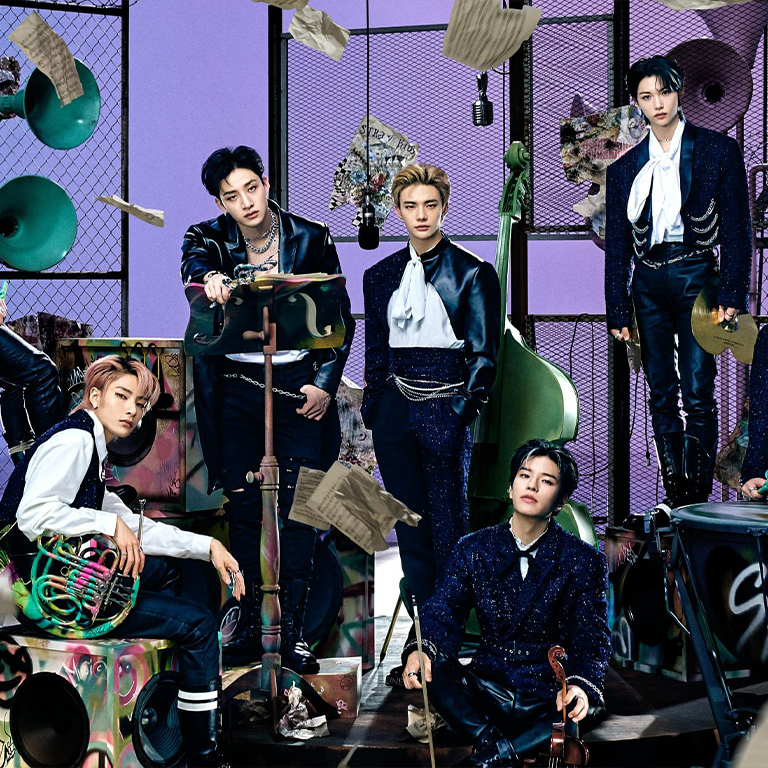


























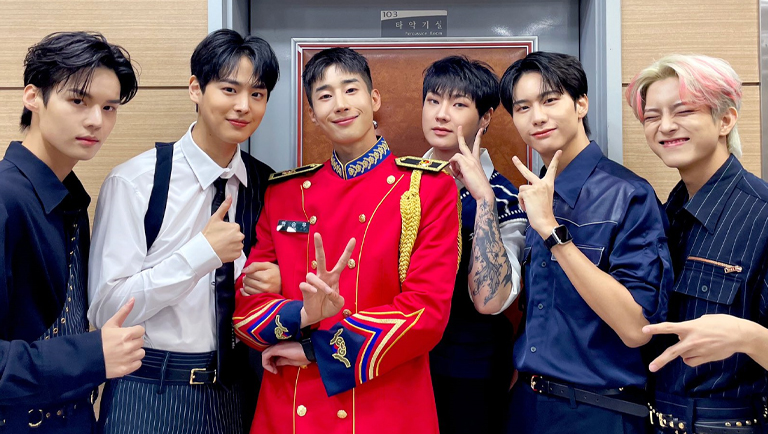












































































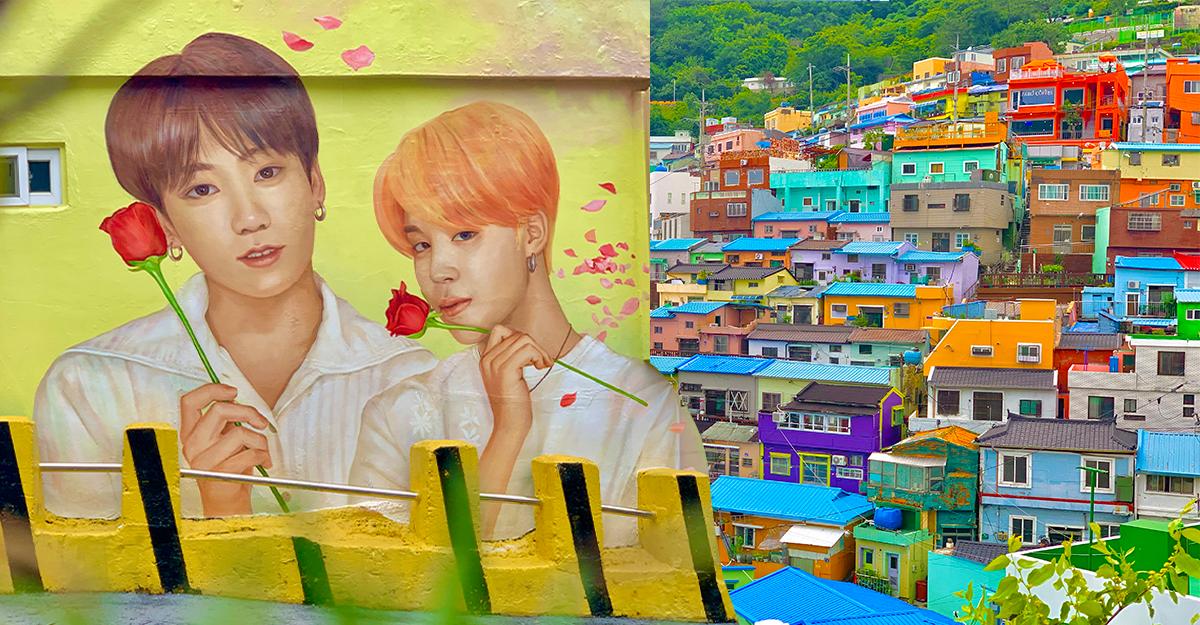

Comments